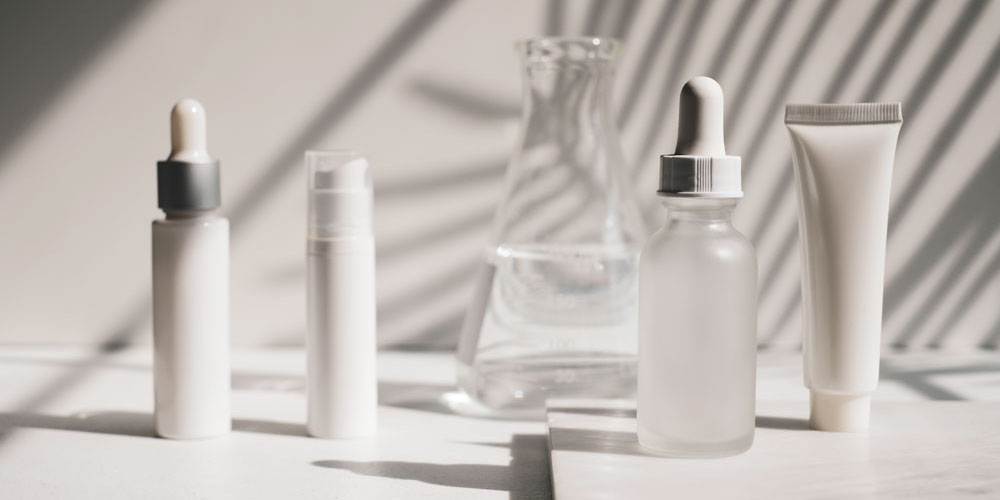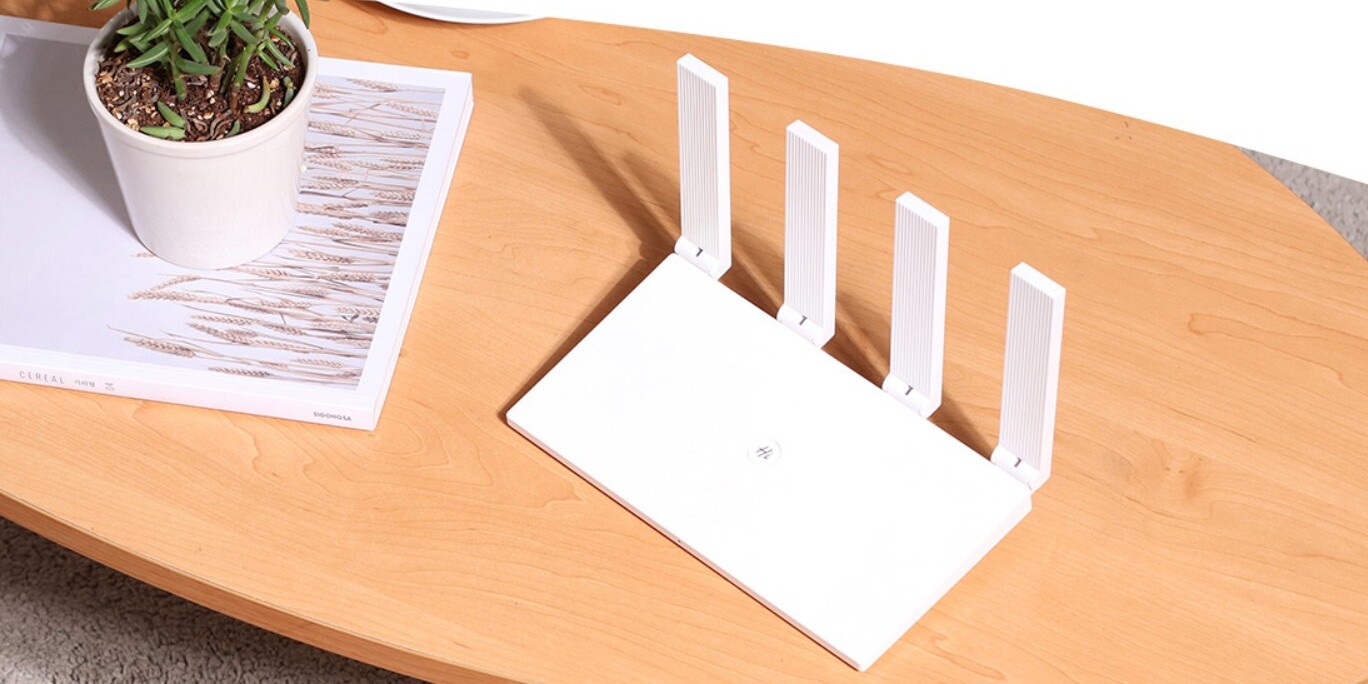Buying goods from well-known brands for resell is more expensive than making one from scratch. This is why the creation of private label goods is cheaper and has a higher profit margin. The purpose of producing these goods is to grow your brand, establish yourself in the market and earn more money. How you price the products determines if customers will buy or not. For example, if you price your private label serum too high than the famous brands, you may not sell. Below are tips for pricing your private label products.
Pricing tips for your private label goods
You may be selling similar goods with your competitors, but your prices are different. It’s still okay, considering each has factors that influence the pricing. Don’t copy everything you see with another business owner. What works for them may not be suitable for you.
Make yourself visible
Start by letting the world know about you before creating a pricing strategy. People cannot buy from you if they don’t find you anywhere. Market yourself effectively to the customer base and optimize your private label products page. Optimization ensures your brand name appears in the top search results, so buyers can easily see you.
Create a strategic pricing plan for your private label products
Pricing isn’t just putting down figures. Its influenced by many factors from the point of production to selling. Determine your pricing floor and ceiling. This is how low you can charge and still make a profit or how high you can go with the cost. More factors come to play when choosing the pricing floor than the ceiling. Consider the production cost from start to finish, shipping cost, branding, marketing, and any other money spent in the process. Add all expenses and divide by the number of items.
The result is what you should never go below as you’ll incur losses. Cover your costs, then add more dollars for profit’s sake. For the price ceiling, take the cost of each item and multiple five or more to get the cost. However, never make drastic changes to the ceiling price. Raise it slowly after launching your products until everything is stable.
Note how your competitor has priced their private label products
It’s vital to gauge yourself to see where to place yourself in the market. Identify the average price range of similar products and apply it if it is good enough for you. It tells you whether to remain at ground pricing or shoot for the ceiling. As much as the market is all about competition, you don’t have to set the exact price as your competitor. Price your products slightly higher or lower than them. Also, a higher price can indicate a high-quality product, so you end up selling more and making more profits.
Bottom line
Always check the market before setting a price. Additionally, consider all expenses throughout the process and any other that may arise. Maintain your lowest price and never go below it to avoid losses. Your highest price can be flexible based on the market trends or competitor figures. Adjust your costs as your business grows and becomes stable.







